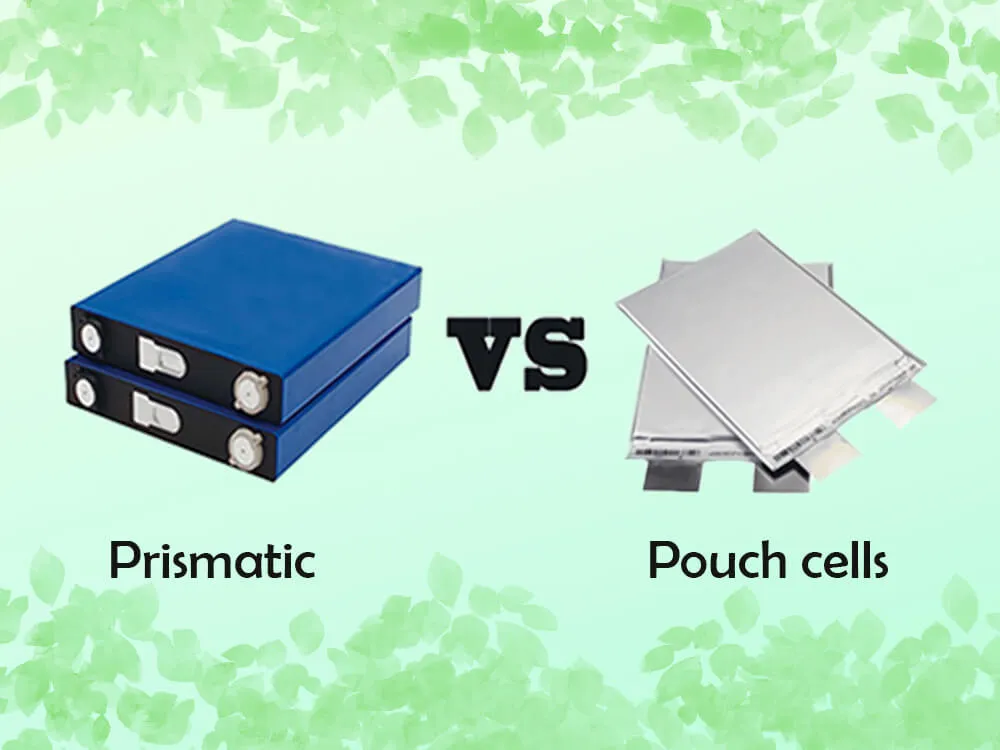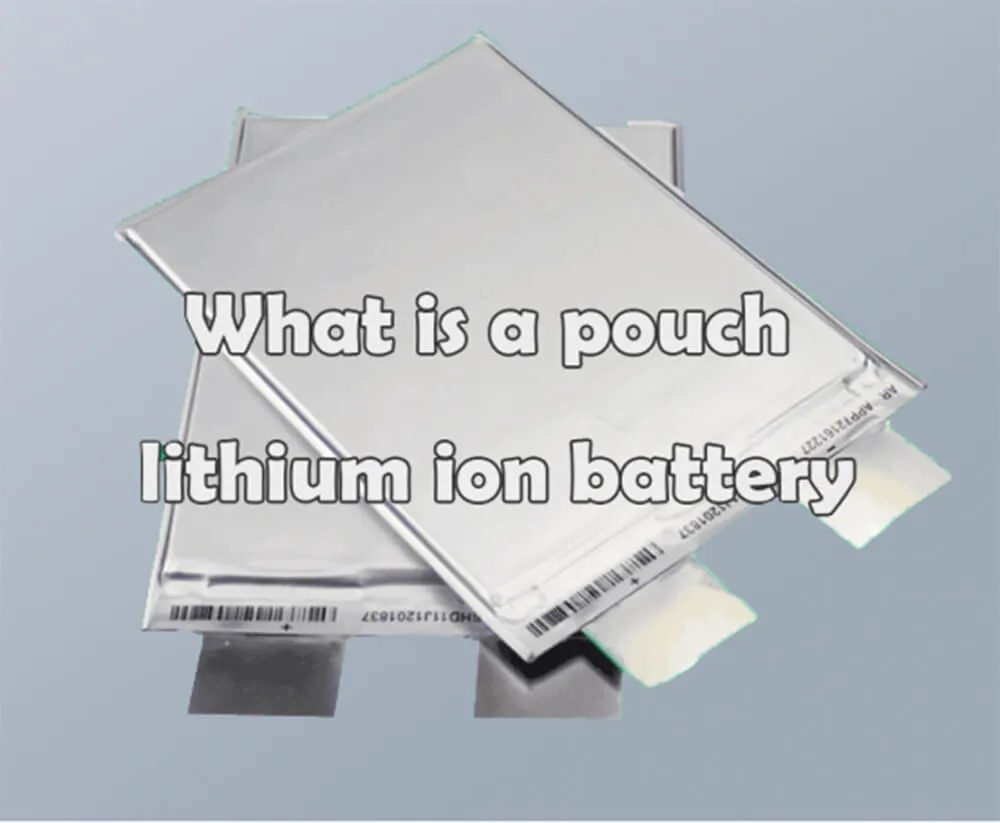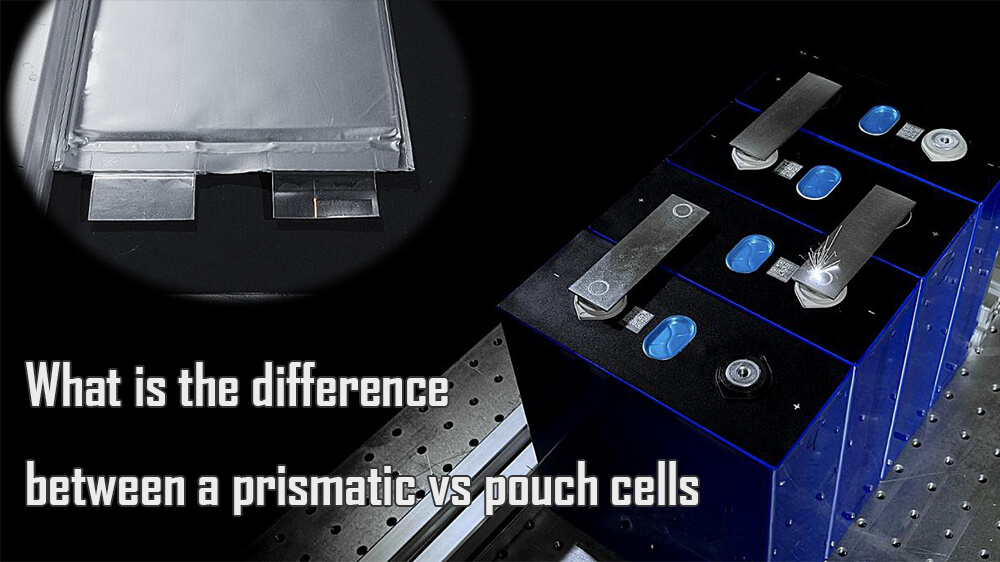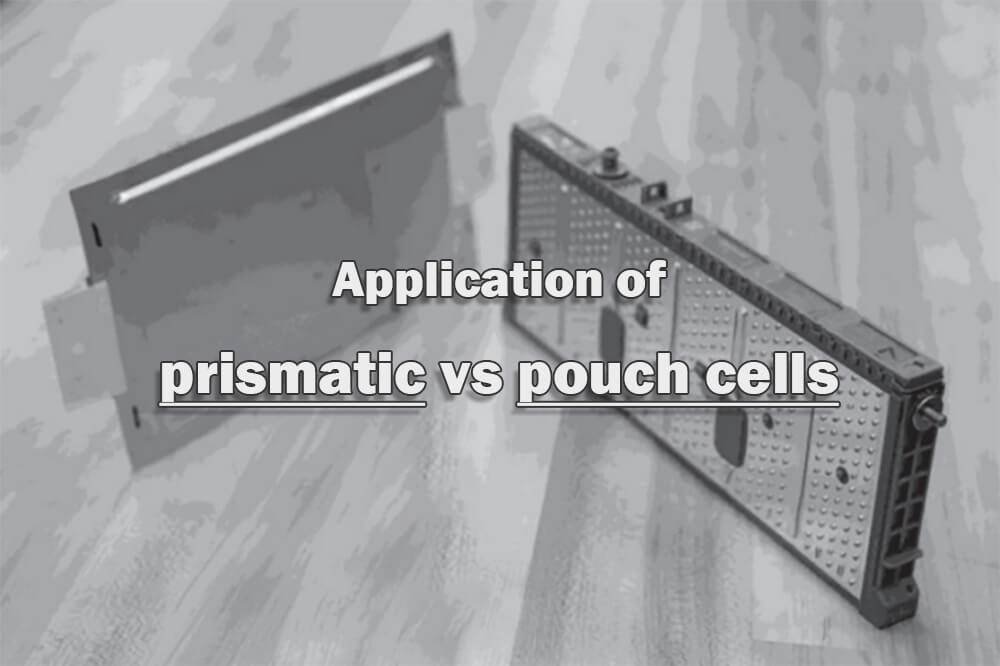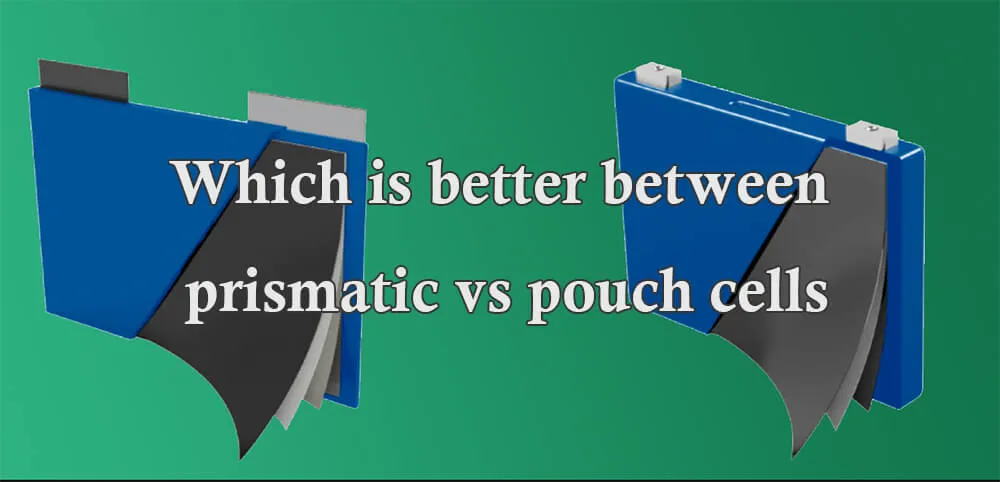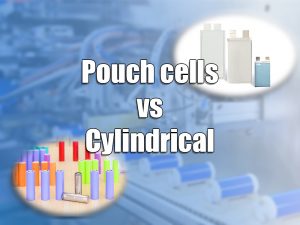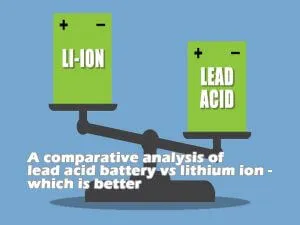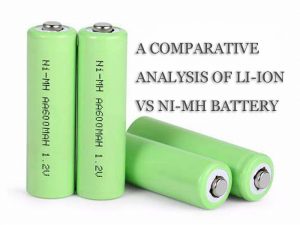A detailed comparison of prismatic vs pouch cells
Introduction
The need for an increase in battery capacity has led to the popularity of prismatic vs pouch cells. While the two types of cells have a lot in common, they also have distinct features that tell them apart.
Prismatic and pouch cells are two of the most popular cell used to create battery packs. Their shapes enable them to stack up well when creating powerful battery packs.

This article will give you a detailed comparison of prismatic vs pouch cells, enabling you to choose which one you need for your projects or appliances.
What is a prismatic lithium-ion battery
A prismatic lithium-ion battery is a battery with a prismatic cell or a stack of prismatic cells. A prismatic cell is one whose cell is enclosed in a casing made of either steel or aluminum. Prismatic lithium-ion batteries offer more stability than other battery types.
What is a pouch lithium-ion battery
A pouch lithium-ion battery has aluminum plastic covering liquid or mildly-solid lithium-ion. Pouch lithium batteries use pouch cells use conductive foil tabs instead of metallic cylinders as electrode wielders.
Pouch cells don’t have a standard shape or size. Consequently, each pouch cell manufacturer can design their own.
What is the difference between a prismatic vs pouch cells
Pouch cells and prismatic cells have a lot more in similar than they have differences. However, there are functional and design differences that may make one prefer one to the other.
At the core, which is better while comparing prismatic vs pouch cells comes down to application area and financing available.
Shape
Both prismatic and pouch cells are rectangular in shape. However, the shape of the pouch is more flexible and can be customized according to the application needs.
Packaging Materials
Prismatic cells use a rigid hard shell casing made of either aluminium or steel whereas pouch cells use conductive foil tabs (polymer-coated aluminium foil casings). Pouch cells enclosure makes them flexible.
Size
Square cells may be slightly larger in size. However, because their designs are subject to manufacturer requirements, they can both be made larger or smaller depending on need.
Weight
Pouch cells are typically lighter in weight compared to prismatic cells. This is due to the shell casing that prismatic cells use which makes them bulkier.
Cell voltage & capacity
Due to the flexibility of their designs, the capacity of these cells can be increased. However, prismatic cells have a larger capacity as they can be stacked up better in their rigid casings compared to pouch cells.
On the other hand, do bigger batteries have more voltage? Pouch cells are relatively thin, but pouch cells can handle more voltage compared to prismatic cells due to they can handle explosive or high levels of voltage for short periods of time.
Durability
Pouch cells are more susceptible to damage caused by high temperatures and humidity. This may negatively interfere with their lifespans. In this regard, prismatic cells are better than pouch cells.
However, if the battery is also in a bad state, the probability of the pouch battery exploding and catching fire will be much smaller than that of the square battery, and they will only appear bulging.
Cost
The price of batteries depends to a certain extent on the standardization of production and the influence of factors such as battery raw materials. However, pouch cells are more expensive to manufacture compared to prismatic cells due to the overall number and cost of materials. Additionally, the manufacturing process of pouch cells is more complex compared to that of prismatic cells.
Overall, pouch cells are costlier.
Performance
Pouch cells, due to their light-weight, reliability, flexibility and small size are preferred for devices such as smartphones, drones, and ultra-thin laptops. They are also safer compared to prismatic cells because they are less likely to explode.
Prismatic cells on the other hand are better for ESS (energy storage systems) and electric automobiles. Prismatic cells are more prone to suffer thermal-management related issues.
While the performance of these cells is subject to where they are used, pouch cells perform better per application area.
Application of prismatic vs pouch cells
Prismatic and Pouch cells are used in almost similar applications. However, there are instances where users prefer prismatic cells to pouch cells and vice-versa. Their application is the one key figure in the prismatic vs pouch cells comparison.
Prismatic cells were introduced in the early 1990s to fill the need for smaller-sized battery cells. These, however, do not mean that bigger sizes do not exist; there is no stand design for these cells, and manufacturers make their designs depending on the application area.
Application areas of prismatic cells
● Smaller-sized prismatic cells are used in mobile phones, tablets, and laptops with a power rating of between 800mAh to 4,000mAh.
● Larger designs of prismatic cells are used in energy storage systems like powerwall battery and electric powertrains for electric and hybrid vehicles.
Pouch cells, introduced in 1995, were a radical revolution. They were light and flexible, making them hugely popular for battery packs. Amongst all batteries, pouch cells are the most efficient in space utilization. Pouch cells are standard in consumer applications
Application areas of pouch cells
● Smaller-sized pouch cells are used in applications that require high currents, such as drones, jump starters, and other portable hobby gadgets.
● Larger cells are used in racing motorcycles, racing cars, and military equipment requiring robust, magnetic, or explosive power.Although in these application scenarios, more cylindrical and square batteries are used.
● The larger cells are also used in ESS (Energy Storage Systems).
The pros and cons of prismatic vs pouch cells
Pros of pouch cells
- They have a long cycle of life. A series of tests on these cells found that after4000 charge cycles, DOD is still above 80%.
- They offer better energy storage than cylindrical cells in the same physical space.
- Pouch cells are safer than other types of cells. Even when they have internal problems and swell up, pouch cells can handle the pressure.
Cons of pouch cells
- Pouch cells offer relatively poorer mechanical load-bearing compared to cylindrical cells
- Pouch cells are pricier to manufacture than traditional battery cells.
- They are easier to damage.
- Because of the different designs associated with pouch cells, they are more prone to leakages
Pros of prismatic cells
- Prismatic cells have more energy per cell compared to cylindrical cells
- They offer a longer cycle life compared to traditional battery cells
- Prismatic cells are cheaper to manufacture compared to cylindrical cells
Cons of prismatic cells
- The heavy outer shell (steel or aluminum) of prismatic cells has restrictive effects on the energy density of battery packs.
- The manufacturing process of prismatic cells is complex
- Relatively less safe, in larger battery packs, you need to pay attention to heat dissipation.
Which is better between prismatic vs pouch cells
There are several factors to look at when comparing prismatic vs pouch cells and which one is better. It is good to look at the application area; there are instances where pouch cells may be better than prismatic cells and vice versa. Nevertheless, it’s important to note that these cells are used almost similarly.
However, from a manufacturing standpoint, prismatic cells are more complex to make than pouch cells, which means that pouch cells are better in this instance.
FAQs
How do prismatic cells connect
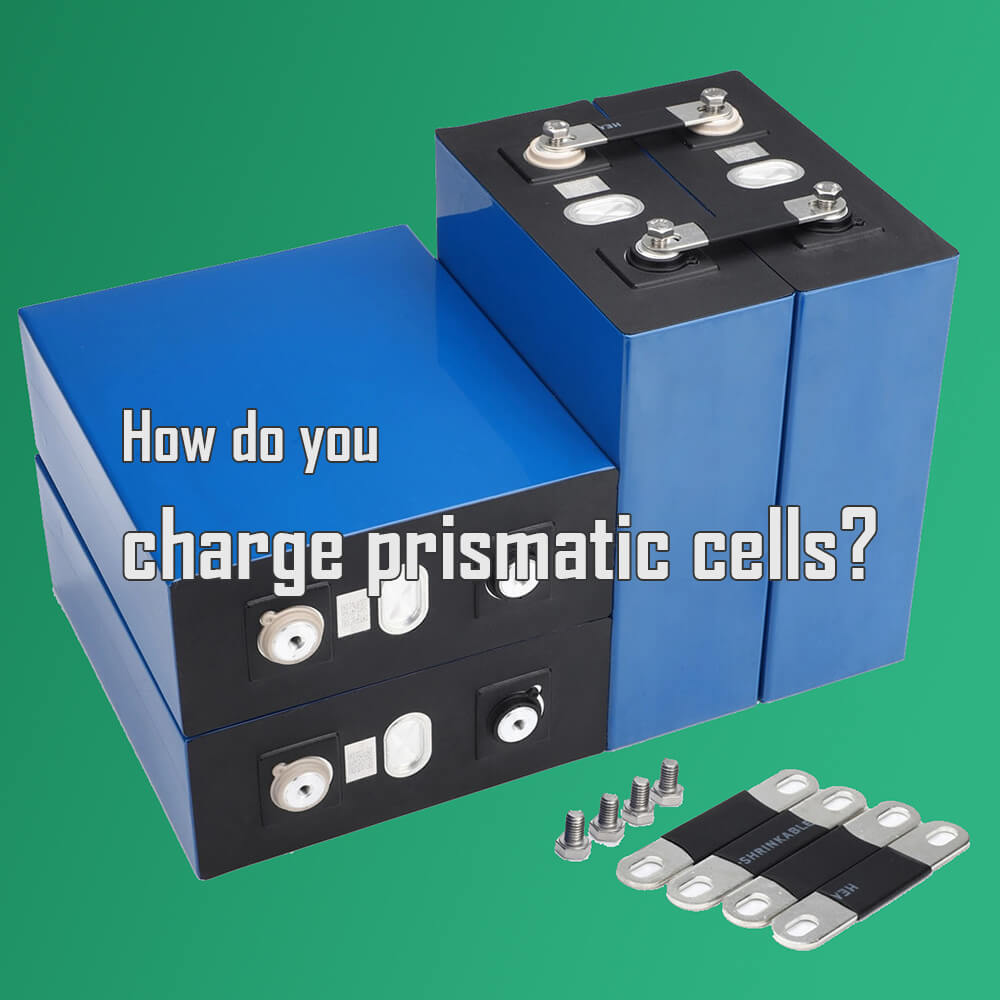
How do you charge prismatic cells
Prismatic cells are rechargeable. When charging these cells, lithium ions move from the anode made to the cathode through the electrolyte. The vice-versa happens when the cells are discharging.
Are pouch cells safe
Why do pouch cells swell

Conclusion
The prismatic vs pouch cells debate comes down to the area of application. In the article above, we have highlighted instances where pouch cells may be preferable and why. For example, prismatic cells are more explosive and magnetic than pouch cells and are therefore preferred in racing vehicles. Pouch cells, on the other hand, are safer, lighter, and have a longer cycle life than prismatic cells and are therefore preferred in mobile and laptop batteries.
Prismatic and pouch battery cells are an improvement in efficiency and effectiveness compared to cylindrical cells, making them hugely popular. The type of project you have will determine the type of cell you will choose.

